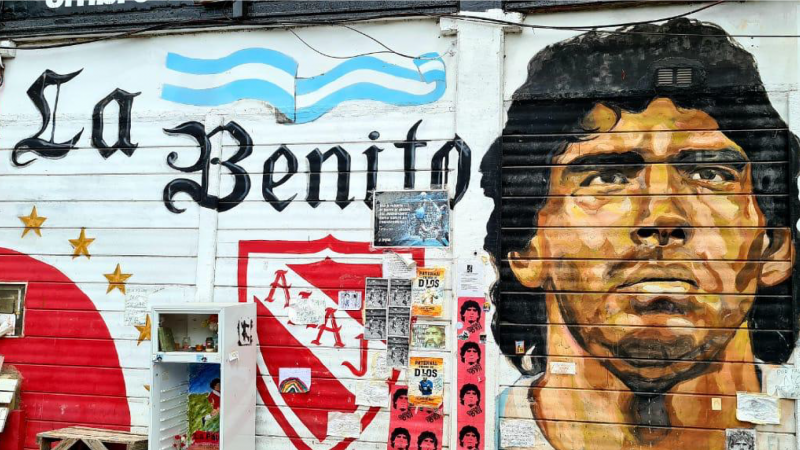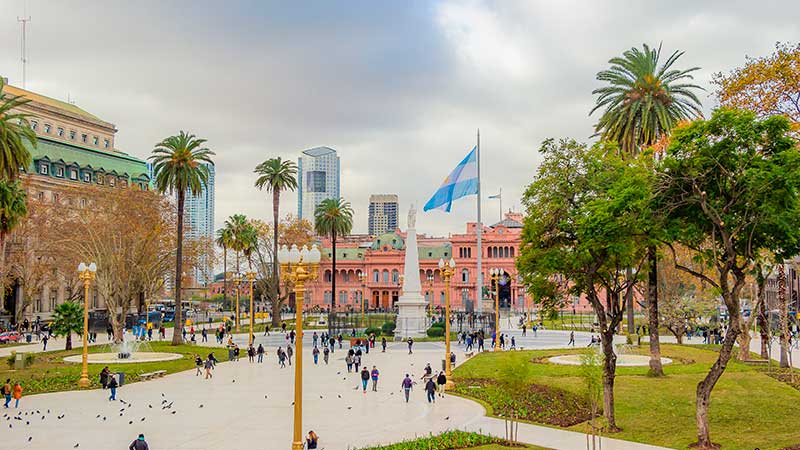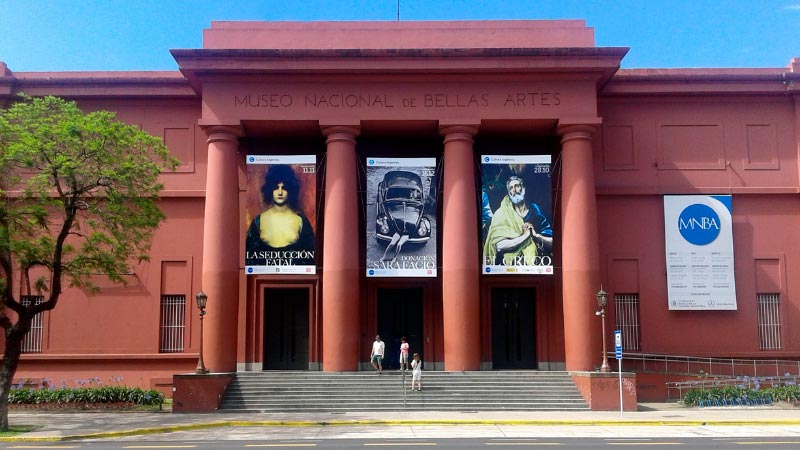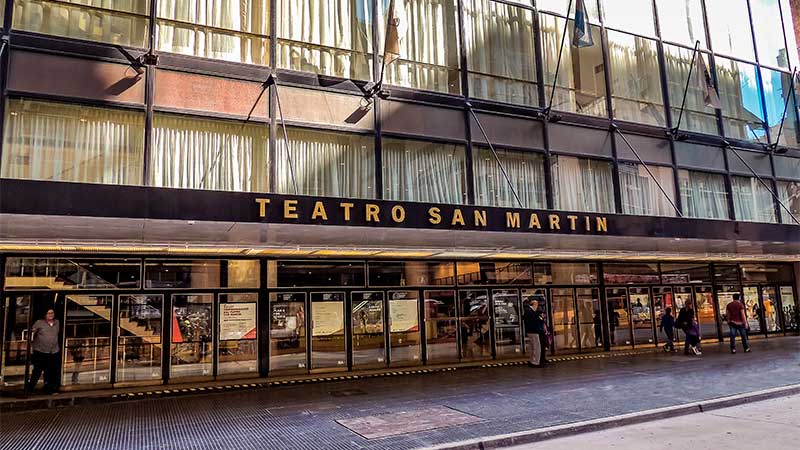There are several theories about the name change, but the strongest version is related to the efforts made by the Society for Mutual Aid and Insurance "La Paternal", which had land in the vicinity where it built houses for workers. A report from the former General Administration of the Gral. San Martín National Railroad says that, by resolution of the Ministry of Public Works, at the request of this society, on July 12, 1904, the Chacarita station was renamed "La Paternal", a milestone that marks the birth of the neighborhood.
La Paternal is where, in 1887, the Buenos Aires Pacífico Railroad –currently Gral. San Martín- inaugurated its “Chacarita” station. It is also the neighborhood where Pappo Napolitano, one of the founders of national rock, was born and lived all his life, and where the headquarters of the Argentinos Juniors team that saw Diego Armando Maradona debut in the first division is located.
The stadium that houses the club bears his name and the museum keeps memories of the institution, largely donated by fans. After the death of the star, the neighborhood began to become a sanctuary full of murals, T-shirts and other offerings. La Paternal is and will be, for everyone and forever, the place where the magic began. The one who not only saw him born as a footballer: it was also where he met “La Claudia” and where he had his first home of his own: “the little house for the old people”, received as a cousin when he was only 18 years old.

For his part, Pappo “el Carpo” Napolitano lived in Artigas 1917, a few blocks from where he installed his mechanical workshop. La Paternal also pays tribute to him through murals, festivals with neighbors and musicians; its name reflected in the Buenos Aires Metrobus, on the branch that runs along San Martín Avenue, and its monument in “Plaza Roque Sáenz Peña”.
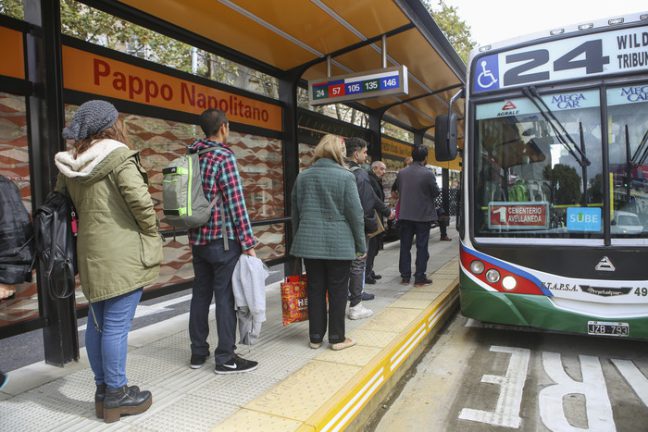
With his guitar on his shoulder, Pappo toured the globe and played with the best of blues and rock, but he always returned to the neighborhood. Until the end, La Paternal was his place in the world.
Photos:
Matías Mejido
Wikipedia
Neighborhood
